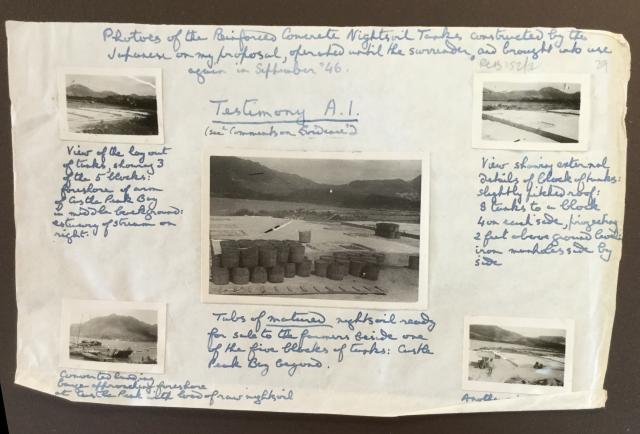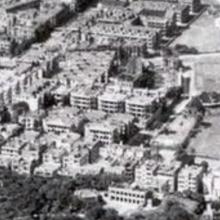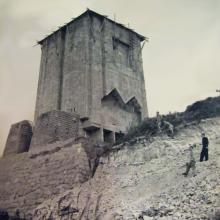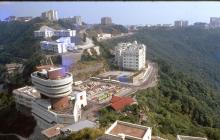Get Gwulo's books
Directory
Click on your area of interest to choose from over 30,000 pages about old Hong Kong:
- Images & photos
- View - View galleries - View new - Create - Forum topics
- View - Create - Places & buildings
- View map - View new - Create - Streets
- View map - View new - Create - People
- View - View new - Create - Organisations
- View all - View new - Create - Diaries & memoirs
- View - View new - Create diary - Create page - Events
- View - View new - Create - Jurors lists
- View - Type a page
Or choose a popular article:





Comments
In January-February 1942
In January-February 1942 George Kennedy-Skipton, a senior Govrenment Official, refused to obey the order of Colonial Secretary Franklin Gimson to enter Stanley Camp. Instead he tried to get the Japanese to adopt a scheme for using night soil (human excrement) to fertilise agricultural land in the New Territories. The Japanese quickly lost interest in the plan, and Kennedy-Skipton spent most of the time before his escape in January 1943 trying to piece togther enough work to support himself and his family.
On arrival in the UK in 1943, he tried to enlist the support of the Labour Party - of which he was a supporter and perhaps a member - in his campaign to reverse the disciplinary measures taken against him for his actions. He sent the photos above to the Fabian Colonial Bureau to strengthen his claim that his work for the Japanese was purely humanitarian. He stated that they had eventually adopted a version of his plan, building the concrete containers in 1944, and that these had been found useful after the British re-occupation.
Other influential members
Other influential members/supporters of the British Labour Party in Hong Kong during the occupation included Dr. Selwyn-Clarke, his wife Hilda, Duncan Sloss (Vice Chancellor of the University of Hong Kong) and (almost certainly) Margaret Watson (head of the Welfare Commitee in Stanley Camp).
Hilda Selwyn-Clarke was later to work for the Fabian Colonial Bureau.